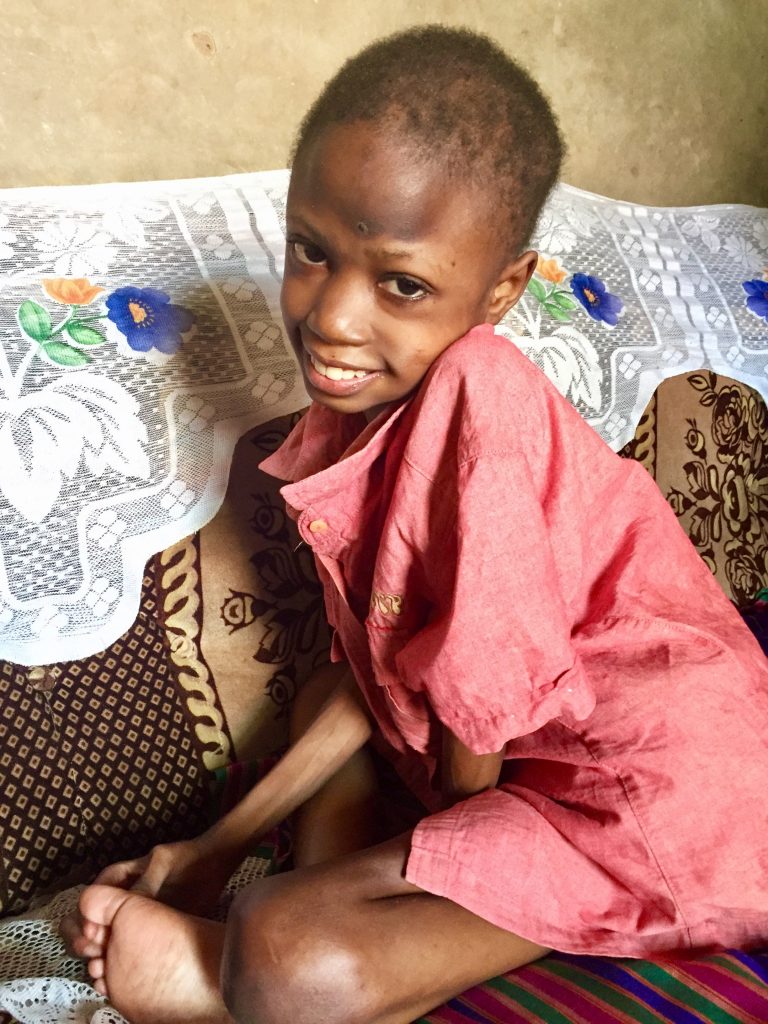Palliative Care for All in Africa: provide holistic care to those dying or suffering from life limiting illnesses
The first building block: pain relief
What does this mean? First, relieve the physical pain. This is accomplished by providing access to reconstituted oral morphine. Once the physical pain is managed – the psychosocial, cultural, emotional, and spiritual needs of the patient and family can be met.
***
Morphine is expensive. However, oral liquid morphine is not.
The oral liquid morphine formula was first reconstituted in Singapore at Dr. Merriman’s request for a simple solution for the cancer patients dying in pain at home. Unknowingly, this opened the door to affordable pain control and holistic care in Africa. Dr. Merriman brought the formula with her to Nairobi (1990-91) as a condition to join as the Director of Nairobi Hospice. Upon witnessing the intense suffering in Kenya, the vision of Hospice Africa was born. After conducting a feasibility study in 1992, Uganda was chosen as the country to build a model for all of Africa. The model would be affordable, accessible and culturally acceptable. In 1993, after working with the Minster of Health to change the laws to allow the importation of morphine into the country, Hospice Africa Uganda started caring for patients.
But it was always going to take more than a handful of doctors and some morphine.
The second building block: provide training and education to health professionals
If the suffering was going to be alleviated throughout the country, palliative care would need to be integrated into the current health and education system. First, health professionals needed to be educated about palliative care as a speciality, and second, training courses on pain management needed to be available.
***
Hence, training began immediately. Dr. Merriman collaborated with Makerere University and taught a range of courses. However, in a country where the ratio of doctor to person is 1 to 19,000, it would take more than doctors to care for the suffering. In 2002, upon collaboration with leaders in the local communities, Universities, and the Minister of Health, Uganda become the first country to allow nurses to prescribe morphine to patients after receiving training from Hospice Africa Uganda.
The third building block: collaborative partnerships
“If you want to go fast, go alone. If you want to go far, go together.” – Africa proverb.
It will take a collaborative army to achieve the vision of pain relief the continent needs. Hospice Africa Uganda will never reach the finish line alone. It takes an ethos of collaboration, teamwork and support with partner organizations.
***
As the movement began to gain speed, other palliative care organizations and leaders began to emerge and provide tremendous initiative and influence. In 2017, ‘APCA Atlas in Palliative Care in Africa’ reports that Uganda has 229 hospice care services. To put it in perspective, this is the sum total of the second and third country combined, South Africa (160) and Kenya (70).
Since its beginnings in 1993, Uganda has become the gold star standard for palliative care services in Africa.
